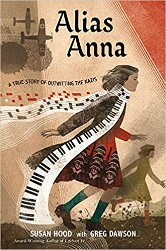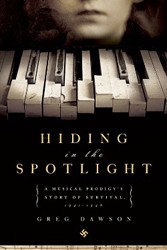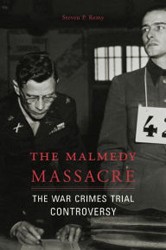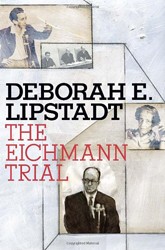Greg Dawson, the author of Hiding in the Spotlight about the escape of his mother, pianist Zhanna Arshanskaya, from the killing fields of Drobitsky Yar, Ukraine, follows that work with a book on the Holocaust in the Ukraine and the first Nazi war crimes trial that took place in Kharkov, Ukraine, in December 1943. Although there are many books about the SS Einsatzgruppen, the mobile killing units that followed the Wehrmacht into the Ukraine and other areas of the Soviet Union after June 1941 and probably were responsible for killing approximately 1.5 million Jews, nearly all are written by historians and scholars and are not geared to a general audience. Exceptions would include the books by Christopher Browning, Richard Rhodes, and Father Patrick Desbois. Dawson is neither a scholar nor a historian but a print journalist accustomed to writing for a general audience. This is the singular accomplishment of his book. In lively and engaging prose he tells the horrific story of the destruction of Ukrainian Jewry, often through the lens of his mother’s ordeal and the murder of his grandparents and great-grandparents. With the keen, descriptive eye of an experienced investigative reporter, he returns to “the scene of the crime” to appreciate the landscape of death, examine archival material, and interview survivors and witnesses.
Another focal point of the book is the first trial — and conviction and executions of Nazis for their wartime crimes. It was held in Kharkov, more than two years before the celebrated trials in Nuremberg, Germany. Although the trials and executions —witnessed by thousands of Kharkov residents — were reported in the Western press, few people are aware of them today. The trial lasted four days and among the victims of the procedure were Jews as a category who were deliberately not mentioned by the Soviet authorities. Nowhere in the trial were the murdered Soviet citizens identified as Jews. Dawson also provides portraits of the three German defendants, William Langheld, fifty-two, Hans Ritz, twenty-four, and Reinhard Retzlaff, thirty-six, as well as translations of their testimonies that are disturbing in their detail, without remorse expressed or the acceptance of responsibility by the defendants.
Dawson, in this easy to read and engaging book, lifts the veil covering a critical and tragic moment of history and crime still largely enclosed in darkness.





